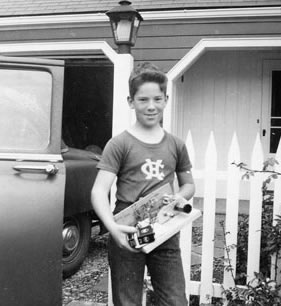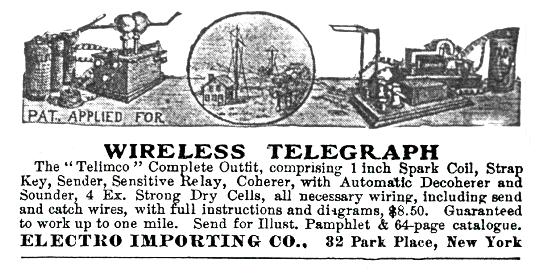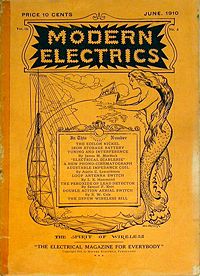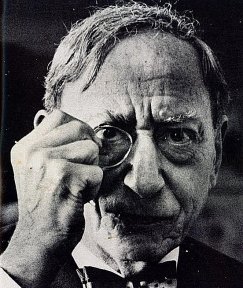Biography (1884-1967)
Hugo Gernsback was an inventor, a writer, a publisher, and a businessman who took on challenge after challenge in a wide range of fields. Though profit was always a significant motive, Gernsback approached everything with determination and never allowed failure to hold him back.
Childhood

Hugo Gernsback was born in Luxembourg City, Luxembourg, the son of a winemaker. He became fascinated by electricity when a handyman at his father's winery demonstrated how a battery and a wire could make a bell ring. This sparked his love of invention and technology, but his love for Science Fiction is largely attributed to his discovery at age 10 of Percival Lowell's book Mars as the Abode of Life. With his passion for science and Science Fiction, instead of following his father, Gernsback studied electrical engineering at the Technikum in Bengin, Germany.
He emigrated to the United States in 1904 and was married three times: first to Rose Harvey in 1906, then to Dorothy Kantrowitz in 1921, and finally to Mary Hancher in 1951. Gernsback had three children: one son and two daughters.
Business

His purpose in emigrating to America was to market his high amplitude dry-cell battery, but although it generated three times the current of American batteries, it could not be mass produced. Next, Hugo tried to recreate the portable radio transmitter he built while at the Technikum, but he was unable to obtain the parts he had used in Europe. This gave him the idea to found the Electric Importing Company (EIC), so that other frustrated inventors, as well as he himself, would have access to foreign technology. Gernsback eventually sold his Telimco Wireless Telegraph, considered the first radio set, for $8.50, when other radio equipment was selling for tens of thousands of dollars. The public was so incredulous at the price that Gernsback and his company were investigated for fraud. This demonstration of the public's lack of technical knowledge motivated Gernsback to create his future technological and scientific publications.
Publishing

Gernsback started his first magazine, "Modern Electrics," in 1908 to educate the public, and to boost sales for the EIC. He also used the magazine to further Science Fiction and his own creative works. The April 1911 issue of "Modern Electrics" is where Gernsback's Ralph 124C 41+ first appeared. However, this and other early magazines like "The Electrical Experimenter" had little to do with Science Fiction and did not appeal to the genre's future fan base.
Later magazines, such as "Science and Invention," began to feature more Science Fiction stories with substantial introductions from Gernsback. Thus, he appeared to be testing the marketability of a Science Fiction Magazine.
In 1926 Gernsback began publishing the first Science Fiction magazine, "Amazing Stories." After losing control of the magazine in 1929, Gernsback created Science Wonder Stories and Air Wonder Stories, which merged to form Wonder Stories after the Great Depression. Gernsback sold Wonder Stories to another publisher in 1936, thus ending his direct involvement in the publication of Science Fiction.
Beyond his scientific, mechanical, technical and Science Fiction magazines, Gernsback created and published magazines about subjects as varied as gadgets, French humor, the human body, and sex.
Death

Despite his passion for science and Science Fiction, Gernsback was foremost a businessman, and was usually motivated by profit. He was also not above using questionable business practices, and was known for paying his writers poorly and well after publication.
Hugo Gernsback died in New York City in 1967 at the age of 83. He donated his body to science, specifically to the Cornell University Medical School.